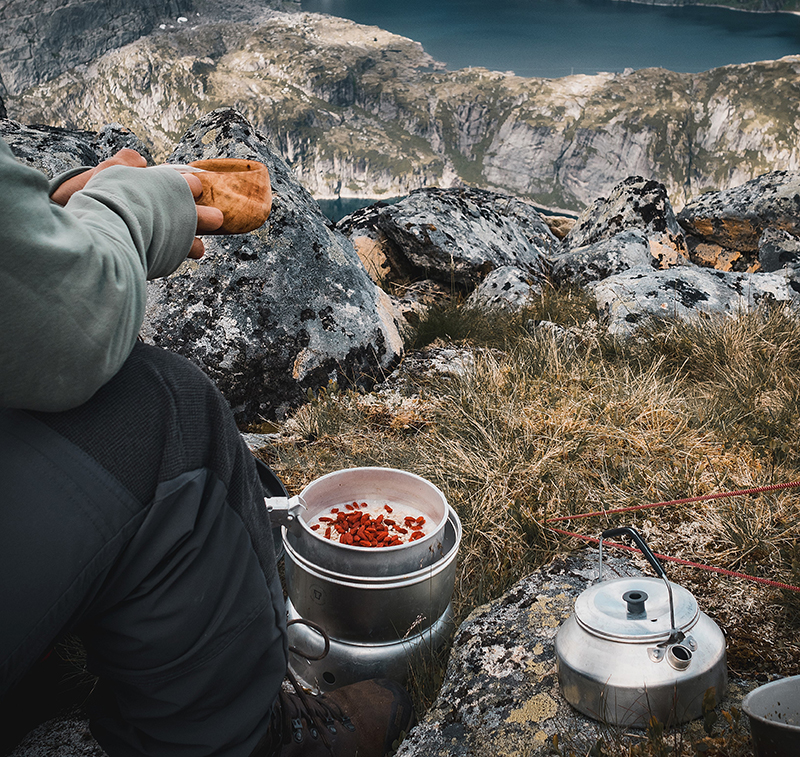Text: Jesica Iancu Iancu and Kristiina Adamsson
Photos: ShutterStock
The commissioner of this research-type bachelor level thesis was the Hungry for Finland project, which coordinates the national level food tourism development in Finland. This research-type thesis helps to learn more about how another Nordic country, Norway, does its food and food tourism promotion and may widen the possibilities for future collaboration between these two countries.
The aim: What kind of story was told concerning Norwegian food tourism?
The main research question was the following:
How is food tourism presented on the official web page of Visit Norway?
The sub-questions were:
- How is sustainability shown in the posts concerning food tourism on the Visit Norway web page?
- How is Visit Norway using storytelling in their marketing actions?
- How is digital marketing used and created on the Visit Norway web page?
The final objective was to discover what kind of story Visit Norway presents about Norwegian food tourism. Is their marketing message for travellers similar compared to the Norwegian food tourism strategy?
Qualitative research by gathering and analysing the web page material of Visit Norway
For this research-based thesis, a qualitative method was chosen. A non-participative method was applied for the data collection and content analysis was used for analyzing the data. An observation table was created based on the theoretical framework and followed by the data gathering from the web page of Visit Norway in Feb-March 2022. In the analysis part, the content analysis was adapted together with help of mind-mapping.
Proud food nation, embracing quirkiness, high quality and local produce and a strong sustainable policy to protect Norwegian habitat
The results unveiled different characteristics used by Visit Norway to promote food tourism. Some of these characteristics were utilizing Norwegian unique culture and traditions to present their food, the importance of local food products and a sustainable system throughout the food production chain. It was possible to identify the main goals of the new Norwegian food strategy along with the content related to food: Proud food nation, embracing quirkiness, high quality and local produce and a strong sustainable policy to protect Norwegian habitat.
Quiet culinary revolution and versatile food content
To understand how food tourism was promoted on the Visit Norway web page it is important to comprehend how Norwegian food was described. During the last years, their gastronomy has gone through some changes referred to as the “quiet culinary revolution”. Nowadays, Norwegian gastronomy is celebrated for its unique combination of traditional cuisine with modern methods. Besides, the production and the demand for local and organic products has increased.
The food content shared, shows a variety of Norwegian food products: meat, fruits and berries, fish and seafood and drink products like cider and beer. In addition, traditional and modern recipes created by Norwegian chefs are displayed. The tourist may choose to enjoy a gourmet Michelin star restaurant or a small rural farm. Both represent authentic Norwegian gastronomy while being very different. Although Norway has a long traditional food culture, nowadays it is possible to adore modern and gourmet cuisine with a unique touch but without losing its essence.
Sustainability is a core element
The first notion was that the purpose of the new Norwegian food tourism food strategy is to develop the food production and food products healthy and sustainable, create growth and value creation for the whole country, based on their vast production diversity and build a reputation and proudness as a food nation. Their marketing message was similar to what is presented in their food strategy. The concept of sustainable tourism means respecting the local heritage and communities meanwhile contributing to the conservation of the natural heritage and biodiversity of the destination.
Secondly, sustainability was shown throughout the food content. Norway has strict policies and regulations regarding the protection of the environment. For example, creating sustainable solutions to protect marine life and other Norwegian natural resources. Furthermore, the government supports and recognizes sustainable regions and points of origin of some products using labels such as Sustainable destinations and Matmerk.
Sami and Viking cultures are part of the destination image
Thirdly, digital marketing was implemented to create a brand image based on Norwegian culture, unique traditions, diversity, and authenticity. Sami and Viking culture has an important role in the Norwegian brand image as well.
The web page was used as a platform to connect tourists with local businesses by recommending different gastronomic activities and restaurants. Destination branding means creating an image of the destination using the uniqueness of the place and storytelling, known as the use of narratives, to connect and empathize with the customers.
The content told stories about locals, historic and cultural facts, fun facts, and stories about the lives of Norwegian families and their food traditions. Visit Norway web page offered various recommendations for travellers: for example restaurants, cafes, small grocery shops, gastronomic and cultural experiences like visits to an animal or fruit farm or experiences related to the Sami and Viking lifestyle. Those could be found by region too.
Suggestions – be proud!
To start – it is worth being proud of your identity as a country. Every country has their specialities, weird food and food traditions. Norway has taken this aspect and transformed it into a competitive advantage to differentiate themselves from the rest, storytelling being an important tool for their promotion.
The content shared is not only promotional but also educational and informative. It is explained why a product or dish is a certain kind and what is the actual process, story, tradition and culture behind its production.
For further inquiries:
Thesis author: jessiancu (at) gmail.com
Thesis supervisor: kristiina.adamsson (at) haaga-helia.fi

